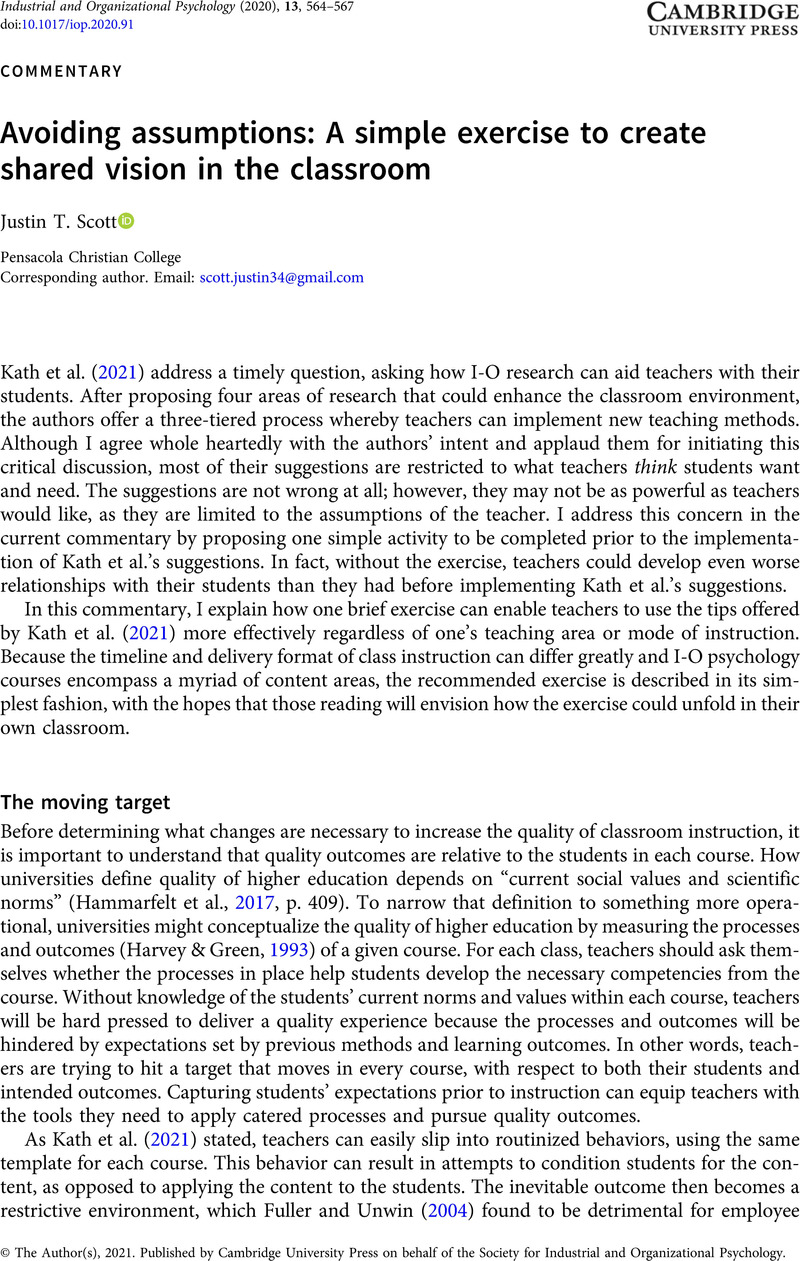Crossref Citations
This article has been cited by the following publications. This list is generated based on data provided by Crossref.
Bai, Jie
and
Jan, Mian Ahmad
2022.
Optimized Piano Music Education Model Based on Multimodal Information Fusion for Emotion Recognition in Multimedia Video Networks.
Mobile Information Systems,
Vol. 2022,
Issue. ,
p.
1.



